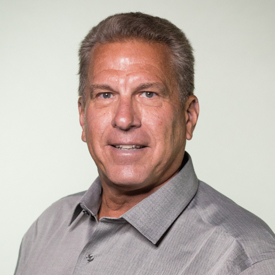Have questions about field management, harvest or even choosing the right seed for next year? Visit with a Stine Seed representative at an upcoming field day or trade show to get your questions answered and to hear about new products in the pipeline.
-
-
-
World Soil Day: There’s More to Soil Than Dirt
December 05, 2014
In honor of World Soil Day, we want to remind growers the importance that soil plays in plant growth and health. As Charles Kellogg once put it, “Essentially, all life depends upon the soil ... There can be no life without soil and no soil without life; they have evolved together.”
The soil in your fields is home to many nutrients and living organisms and requires just as much TLC as the crops that it bears. Nutrients like phosphorus, nitrogen and potassium all are vital to the success of any crop and most often reach the plant through the soil. Just how important are these nutrients? They could mean the difference between life or death of the plant.
For example, nitrogen (N) plays a major factor in chlorophyll synthesis and plant growth. It also plays a role in supporting the plant’s ability to absorb water and sunlight. Phosphorus (P) takes the sunlight captured on the leaves of the plant and turns it into compounds and also helps support the root system of the plant and enhances seed output. And last but not least, potassium (K) — an element key to the photosynthesis process — allows the plant to convert sunlight into energy, essentially feeding the plant and supporting its infrastructure and internal activities.
My advice to growers? Take care of your soil. Make sure low levels of N, P and K will not be a limiting factor for your fields next year. Do soil sampling, or grid sampling, and chat with a local agronomist to analyze the levels of nutrients your fields need to support plant life for maximum yields. While fertilizer applications are better to apply in the fall, there’s still time. Dry fertilizer like P and K can be applied so they can start breaking down next spring. And if your ground hasn’t frozen yet, you still can apply nitrogen. Make sure you check each field individually as sometime fields with lighter stubble might freeze faster and harder than fields with heavier residue leftover from harvest.
So take care of your soil, and let it take care of your yields.
Share this post
![YIELD[+]](/images/site/global/logos/yield-plus.png)

